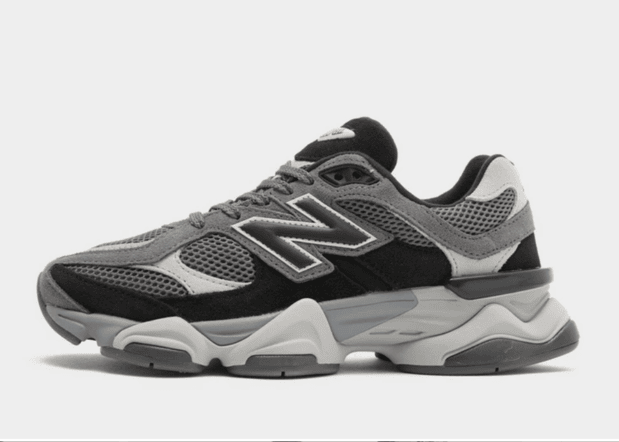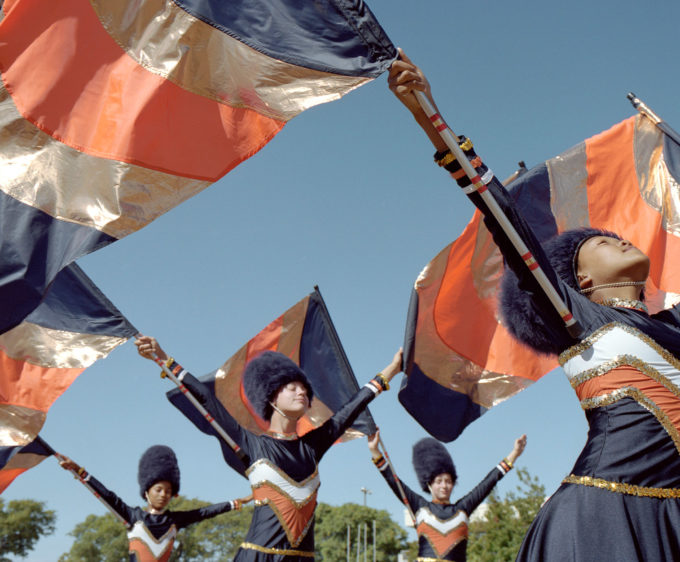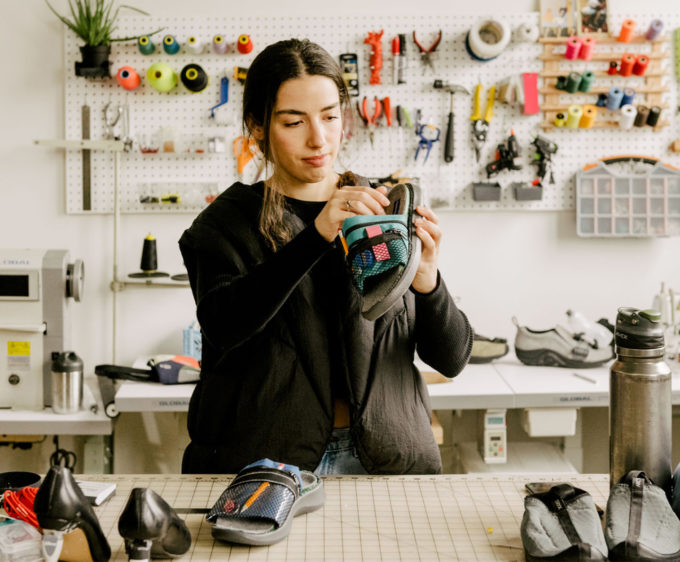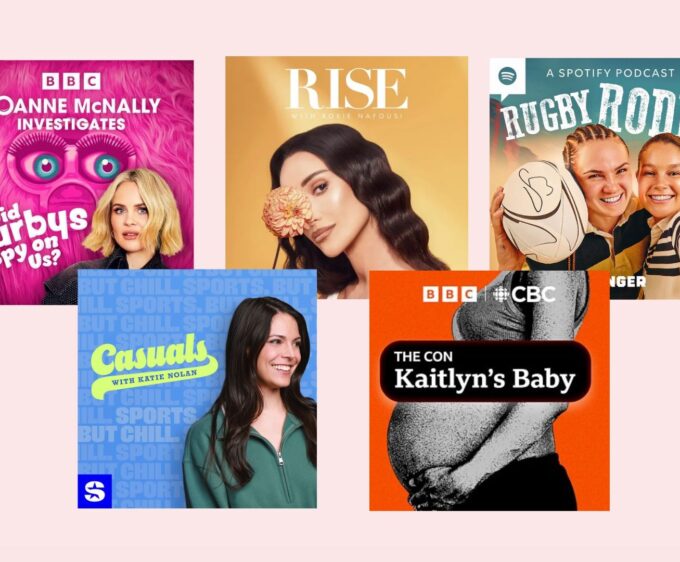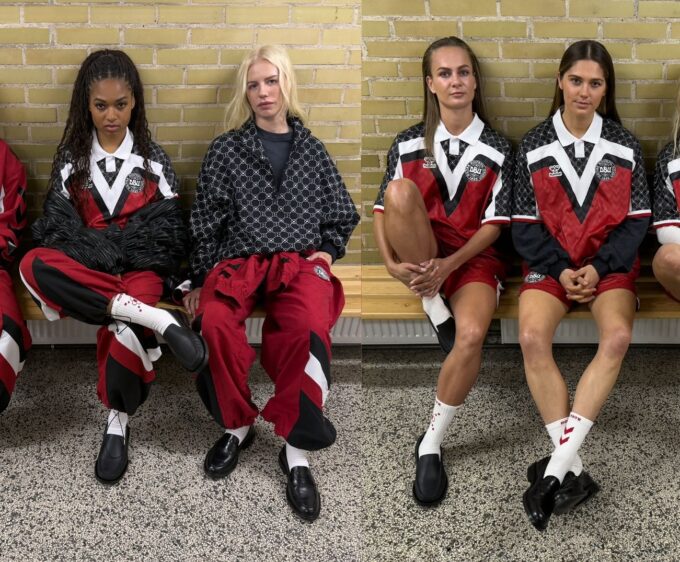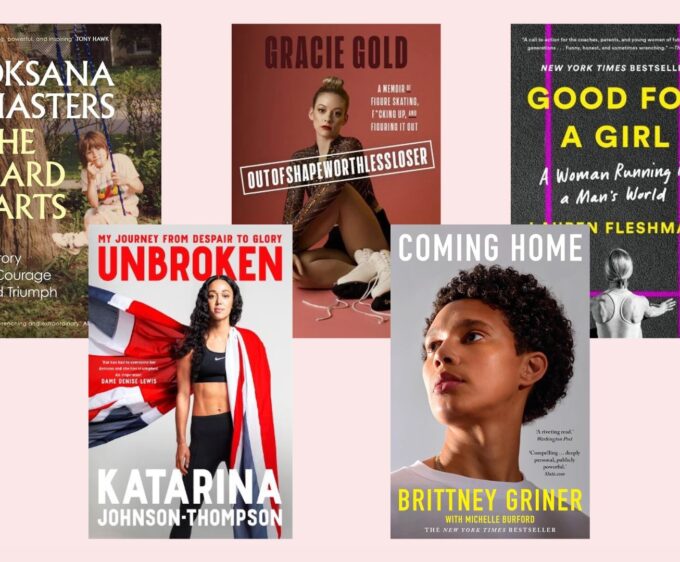
Get Your Kicks
Sneaker culture is big business and someone who knows all about that is Shernay La Touche. The industry insider reveals how she’s helping women get a fair share of the male-dominated industry
By Shernay La Touche
Sneaker culture didn’t originate in one location, it started in various places the world over. However, there were obvious differences in style. Take a look at ‘Terries’ culture (football and casuals) – some say that’s a northern thing but then the south had its own thing going on too. If you shift over to the US, the focus is mainly on hip hop and sport. Then heading over to Asia you’ll find the ASICS brand. And music sub-cultures continue to drive the trends. Plus there was a definite working class attitude that dictated that you wore a pair of trainers that were built to last and were comfortable.
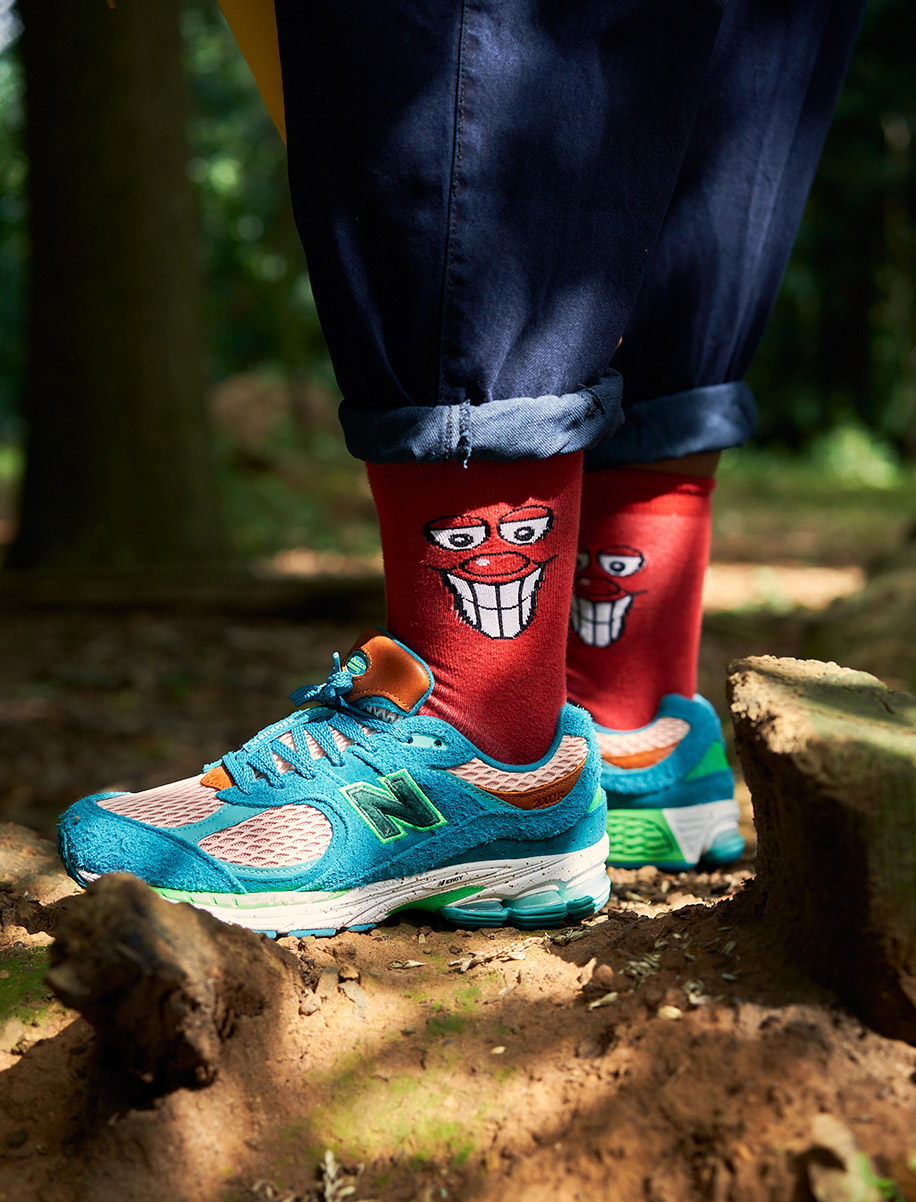
Over the last decade, sneakers have been released in different parts of the world, giving them an aura of exclusivity, unlike today where we have global releases to give the consumer more access. And only recently over the last decade do you now have celebreality sneakers, like Kayne and Travis Scott, that focus heavily on artist collaboration. One fan who has been on the sneaker journey since its early days is award-winning filmmaker Shernay La Touche. She’s a sneaker (OG) enthusiast and founder of The Imprint, a collective of like-minded women within the sneaker industry. She explains how sneaker culture has developed.
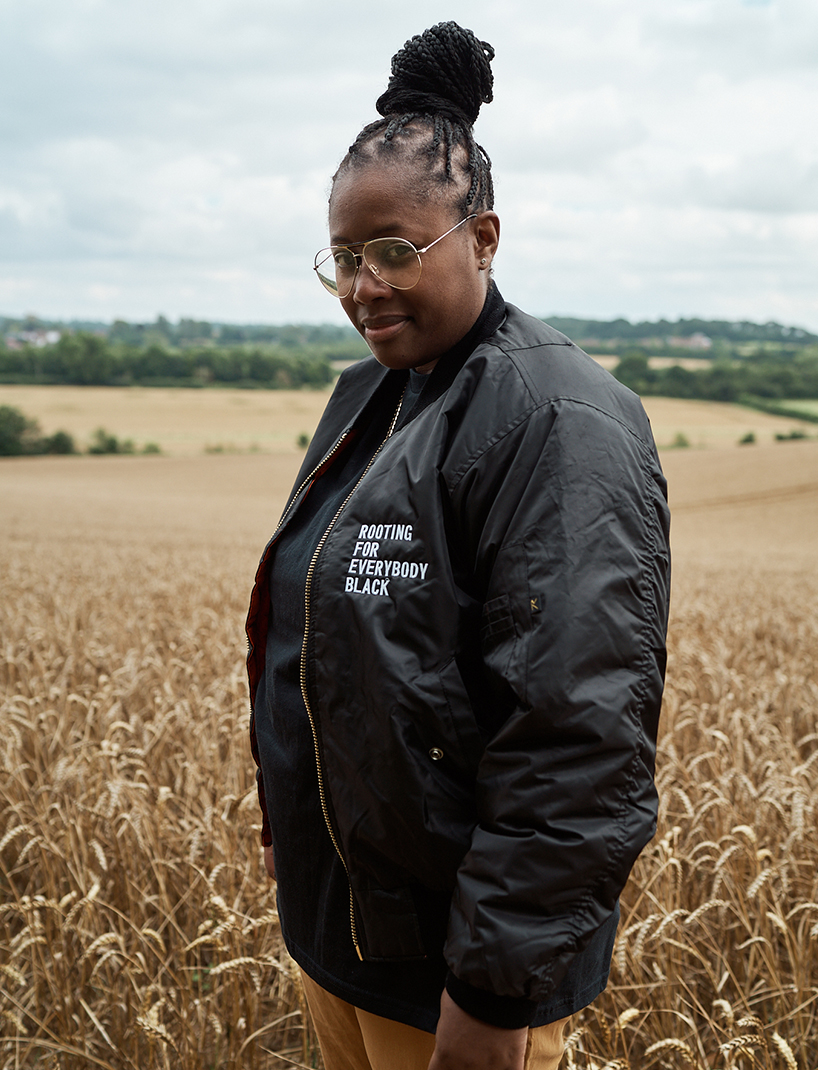
Since we live in a world where you have to add labels to everything, I have to clarify I’m not a collector but I do own many pairs of sneakers. I’d call myself an enthusiast, on the basis of what the story of the sneaker holds. Its design and function are important in order to fit into my day to day life. In this day and age of sneaker culture, this is a lost art form and in many cases, most NG (New Generation) collectors have every colourway of a Jordan 1. But how many do you really need? I wear all brands of trainers, which give me a variety in terms of style and in looking different. In some ways you could say – and most of you can relate to this – you tell your own story when you put together your outfit of the day, as well as dressing from the feet up. I like to flip it and sometimes make my sneaker choice the last option. This is something that can be problematic and then I have to change my entire outfit – haha! Let’s face it, we’ve all been there.

With the sneakers I own, different ones have been worn for different and particular functions. When I used to dance, Puma Suedes were my go-to, in terms of the sole for smooth performance along with them being one of the most indestructible types (I still have a pair from 2009). When on set or location filming, I would go for a sturdier, more robust pair like the New Balance 1500 or Nike Air Max 1: they support my arches and will allow me to carry out my duties for eight-plus hours. Knowing what is right for you does have a huge impact on the body and this is a key feature for me in terms of comfort, stability and overall function. Not forgetting to make my feet look fly.
Execution plays a huge part for me. They have to be eye-catching and stand out – we live in a world where eye-to-feet contact is an actual thing and those who know this will make some form of noise. From the viewer’s body language, I’ve never followed the crowd when it comes to sneakers. I go for what I like (well, I try to in this day and age) as there is more variety out there than people think. Now we have a raffle system, whereby if you want to buy a particular pair of sneakers, you have to enter a price online, on an app, or in-store to be subsequently drawn at random to win the right to buy the pair that you want. This has become a huge hindrance as labels are attached to certain silhouettes, collaborations, etc. This causes serious mental health issues which people don’t often talk about, along with the huge financial debt.
Talking about sneakers and their significance to me, well, when I was growing up it was a real issue getting shoes in my size as I had (back then) big feet for school. Also most school shoes were horrible. It was a real challenge to get anything half decent as they never did shoes in my size – most brands that deal with women’s shoe sizing would go up to a size seven or eight at a push, when the reality is there are women out there that wear a size 10 or 11. This is still a common issue to this day and this is the reason why sneakers have a significance in my life – they had my size as well as being comfortable and practical.
Back then I could buy three pairs for £130, unlike today. Now my feet sit right bang in the middle of the size chart where I can buy both genders (but gender needs to be thrown out) and that’s still a struggle with this never-ending hype market. I remember the first time I bought my first pair of sneakers, I was visiting family in Miami. Most people know that when you visit different parts of the world, you get different colourways and region-specific exclusives. The pair in question were the FILA Men’s BARRICADE XT 97 which looked different and eye-catching, and that’s all that mattered. All the Nike TN wearers surrounded me and questioned me on what they were as they’d never seen anything like them.
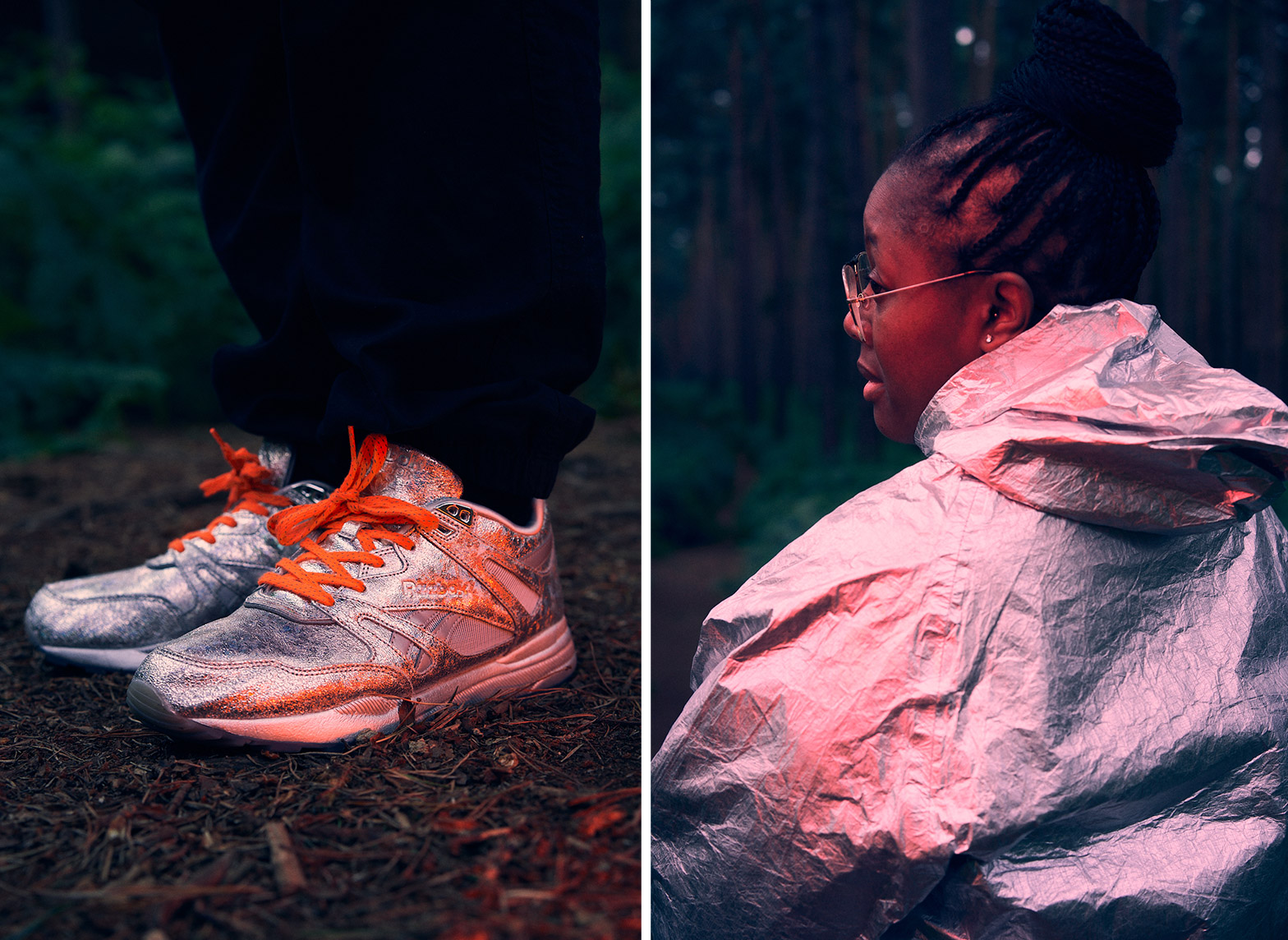
execution
If you ask me about my favourite pair, I’m going to be cheeky and include more than one – ha! And they’re not going to be your obvious hype choices. For my lows, the Reebok classic white leather with a gum sole which always hit right in spring and summer – obviously the biggest struggle to keep those joints clean – you know what I mean, right? My second would be the adidas Forum Mid for my basketball days – I would also dance in them as they were so comfortable and gave me such support in whatever activities I wore them for. I had those in various colours back in the day and I wore them to death. Now I only have two pairs but as they’ve resurfaced on the market, let’s see if something grabs my eye.
Sneaker Industry/Female Representation
The Imprint was established in 2018 but went live in 2020 during the pandemic. After working for various brands I started to question my own career path and I came to the conclusion that change needed to take place in terms of women within the sneaker industry. We needed a female voice/advocate to help brands tell and share their stories, instead of men telling a version of their stories on their behalf. Over the past 50 years women have played significant roles/parts in the industry, from logo design for multi-billion dollar companies to designing hyped sneakers, on the market with a male artist or designer attached to them. Where do these women get praised for their contribution in the world? So I created The Imprint, which gives a space for women past, present and future to gain knowledge, educate, inspire and to have common shared experiences within the industry.

One fixed feature series is called (Female) Focus Friday, where I ask individuals six key questions about what they do, their struggles and achievements and what ‘Imprint’ they want to leave behind. They tell their story, sharing their challenges, positive outcomes and advice for future footwear designers, developers and so on. I also have a podcast that goes live every two weeks on IGTV, Spotify and all major podcast platforms, where I get to have an in-depth, honest conversation about how they started and find out where they are now.
I was asked to take part in the ‘Sneakers Unboxed: Studio to the Street’ exhibition which took place at the Design Museum, London in 2021. And then I created a mental health series in collaboration with Liz Beecroft in 2021 called The mental wins and losses within the sneaker community, where we got various industry professionals to share their experiences as well as talk about adjusting when we re-entered the world after the first year of lockdown. There have been more recent collaborations: Footpatrol for International Women’s Day, where I created a live-audience five-episode series to highlight various aspects of the industry, from costume design and styling, marketing to shop assistants and copywriters. It was very important to highlight these women within the sneaker industry as they all have their place but are not ever praised for what they do. One of my guests and a friend, PC Williams, recently won a BAFTA for costume design for the TV show We Are Lady Parts and this was a great experience to share.
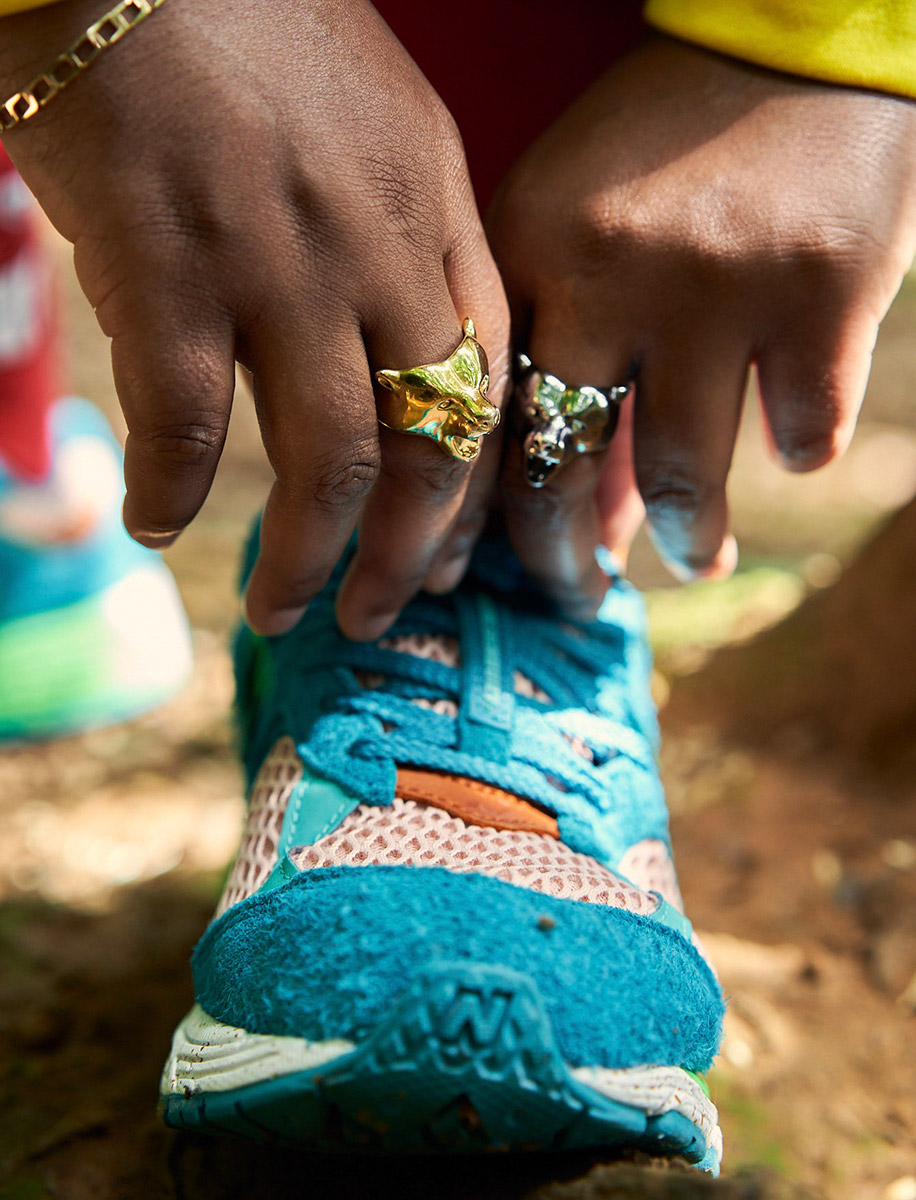
There are particular areas that are not addressed enough within the sneaker industry and ableism is one of them – I’m very vocal about this. For example, sneakers that have been designed on the sole basis for infirm/disabled people weren’t accessible in 2021 (Nike Go FlyEase) and which ended up on sneaker site StockX at a ridiculous price and unattainable to those who actually needed them. A year later, even with more colourways out there, interest in them died quickly. We have the Paralympics where you have sneakers designed for the able-bodied person and yet when design and development conversations take place, infirm/disabled people are not considered within the conversation and Paralympians have to wear what everyone else wears – how is this fair?
There are various brand activities and events that infirm/disabled people are unable to participate in due to accessibility. If you ever open a brand’s app and its list of outdoor sport activities, it only shows imagery of able-bodied people, and for those who are unaware, not all disabilities are visible and further dissemination is required here. Brands need to start having this conversation and changing the narrative, along with the consumer experience, displaying empathy and compassion to those who are unable to stand in a queue for hours to buy a product due to their health reasons. It’s a real issue and no one really seems to care. I am starting to have these types of conversations with brands to bring awareness, and trying to drive some form of change. Whether or not it will actually happen is another thing. After 50-plus years there are still many issues within the industry when it comes down to inclusion and representation, but when will the change really take place?
Do give The Imprint a follow @theimprintcollective and I look forward to connecting with you soon.

Editorial Design by Root
